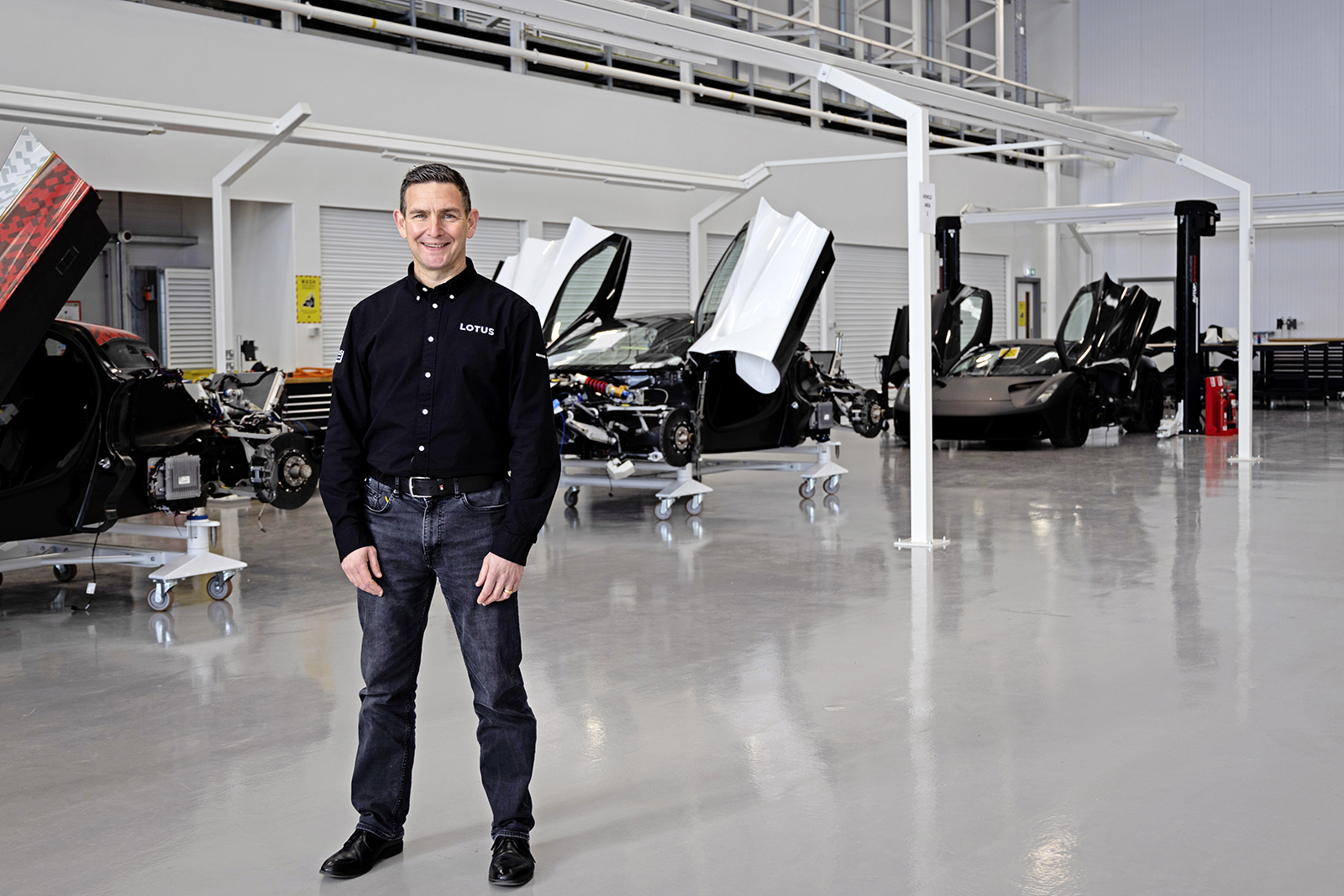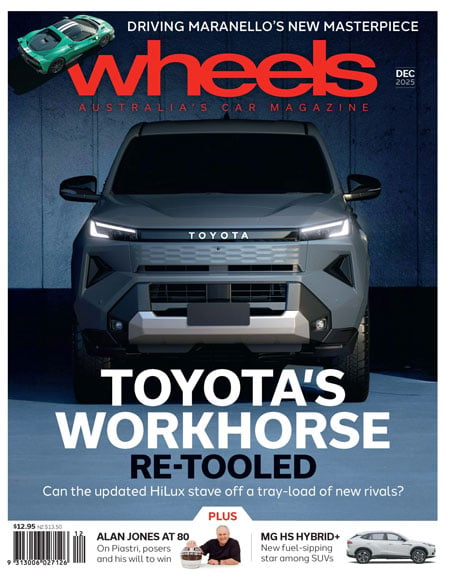Lotus is going all-in on pure electric cars, as part of a $180m-plus investment in its Hethel headquarters and engineering capabilities.
In his first interview, Lotus Cars managing director Matt Windle reveals how future sports cars will be pure electric, that Chinese-built ‘lifestyle vehicles’ will also be zero emission and how Lotus is developing its own architectures, rather than modifying Geely platforms.
Windle has been managing director since January 2021, though he began his second stint at Lotus in 2017 – the same year Lotus came under the majority ownership of China’s answer to the Volkswagen Group, Geely Holdings, and Malaysian car group Etika Automotive (which holds the other 49 per cent). The new owners have pumped more than $180m into Lotus, including the construction of a new assembly hall at Hethel.
Soon Windle was in charge of all UK product development, and intrinsically involved in writing Lotus’s 10-year business plan out to 2028, the company’s eightieth year.
“When we wrote our product strategy, which was the start of the Vision80 plan, we just had to write EV into that,” explains the 49-year-old boss. “With the legislation that’s come along, with the market data showing volumes are just going to grow and grow: the move towards electrification, it’s the right thing to do.”
Lotus has already shown the first car of the Vision80 plan, the Evija, a carbon-fibre monocoque EV hypercar. Its four motors are claimed to produce a combined 1470kW, which would make it the most powerful road car in history. The price tag? $3.6m a pop.
While the Evija is limited to 130 units (as befits its 130 type number), the next car – officially named Emira and internally codenamed as Type 131 – will be the first series-production model of the new era. Does Emira run a downsized engine with hybrid electric assistance?
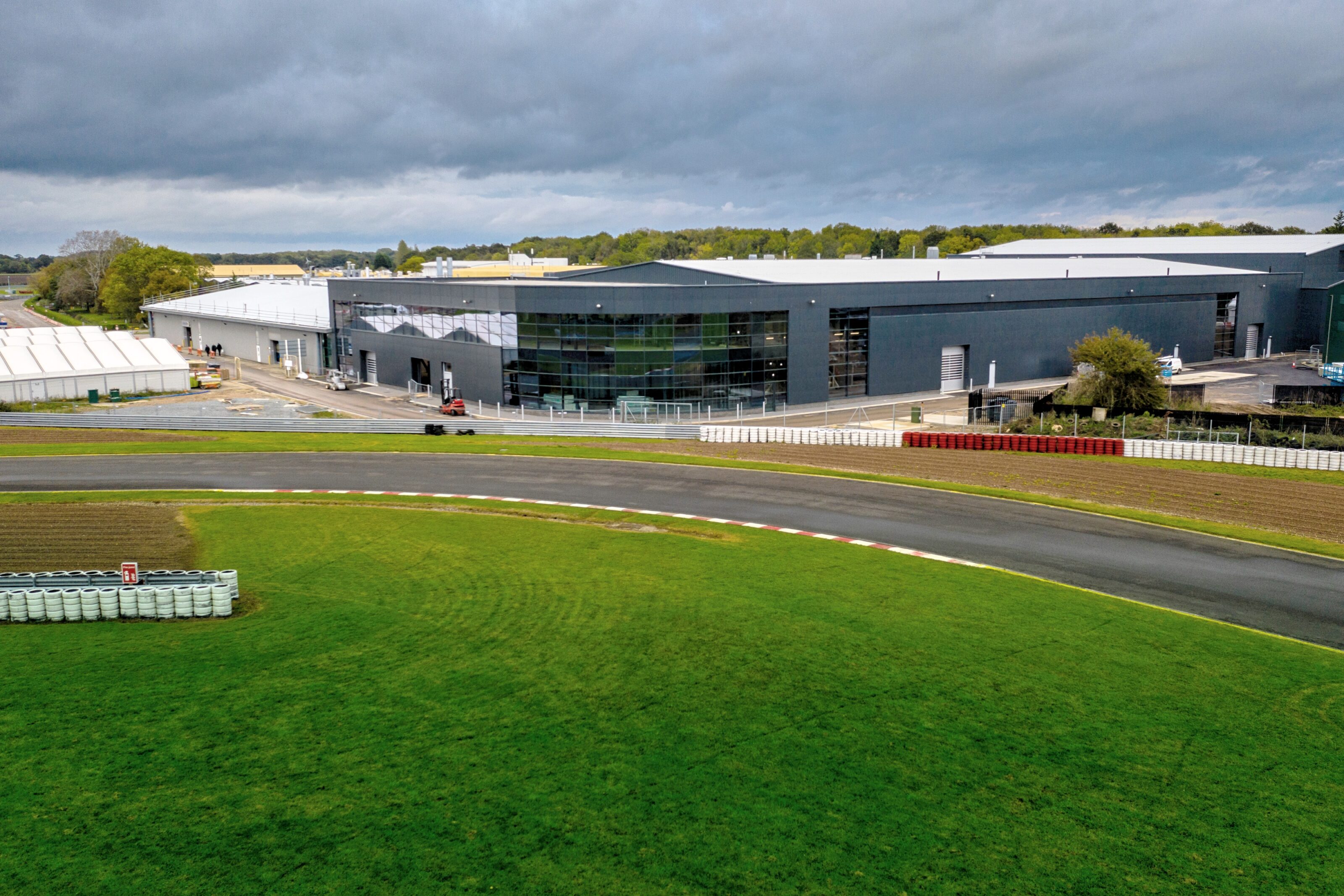
“We’re not doing any hybrid drivetrains, because we’re going straight to electric,” states Windle.
“Type 131 is basically the bridge to the new era of Lotus cars: it’s our last internal-combustion-engine car.”
Emira/Type 131 is a mid-engined sports car to replace the outgoing Elise/Exige/Evora. It’ll be unveiled this winter, before entering Lotus’s revamped retailers in early 2022.
Also in development are two new vehicle architectures, one to support four-door ‘lifestyle vehicles’ such as crossovers/SUVs, the other to underpin pure-electric sports cars. Neither is planned to accommodate combustion engines – and they are engineered by Lotus.
“We’re not using Geely architectures,” explains Windle. “We have access to those architectures, but one of the things which shows the intent for Lotus is that we’re designing our own architectures. [One of those] will be a lifestyle car architecture.”
“We’re not doing any hybrid drivetrains, because we’re going straight to electric”
That will underpin four-door, five-seat cars, including a Lotus crossover. What’s Windle’s vision for such a car?
“The aesthetics have to be right, it has to be desirable. It has to drive like a Lotus, even if there’s more weight and it’s bigger. There’s no reason why you can’t have best handling and dynamics.”
Lotus will glean some insights from partnering with Jenson Button’s Extreme E race team: it’s an appropriate crucible for the new Lotus, mixing motorsport, off-road vehicles and pure-electric power.
Also in the pipeline is a pure-electric sports car architecture. “We have a program running called LEVA (Lightweight Electric Vehicle Architecture), with government backing,” says Windle.
“We have ambitions to get an electric sports car to a similar weight to where combustion-engine sports cars are now.”
Discussing LEVA, Windle’s passion for engineering shines through. He started as a manual draftsman at camper van maker Dormobile, then learned computer-aided design at Daewoo in Worthing before joining Lotus for the first time in 1998.
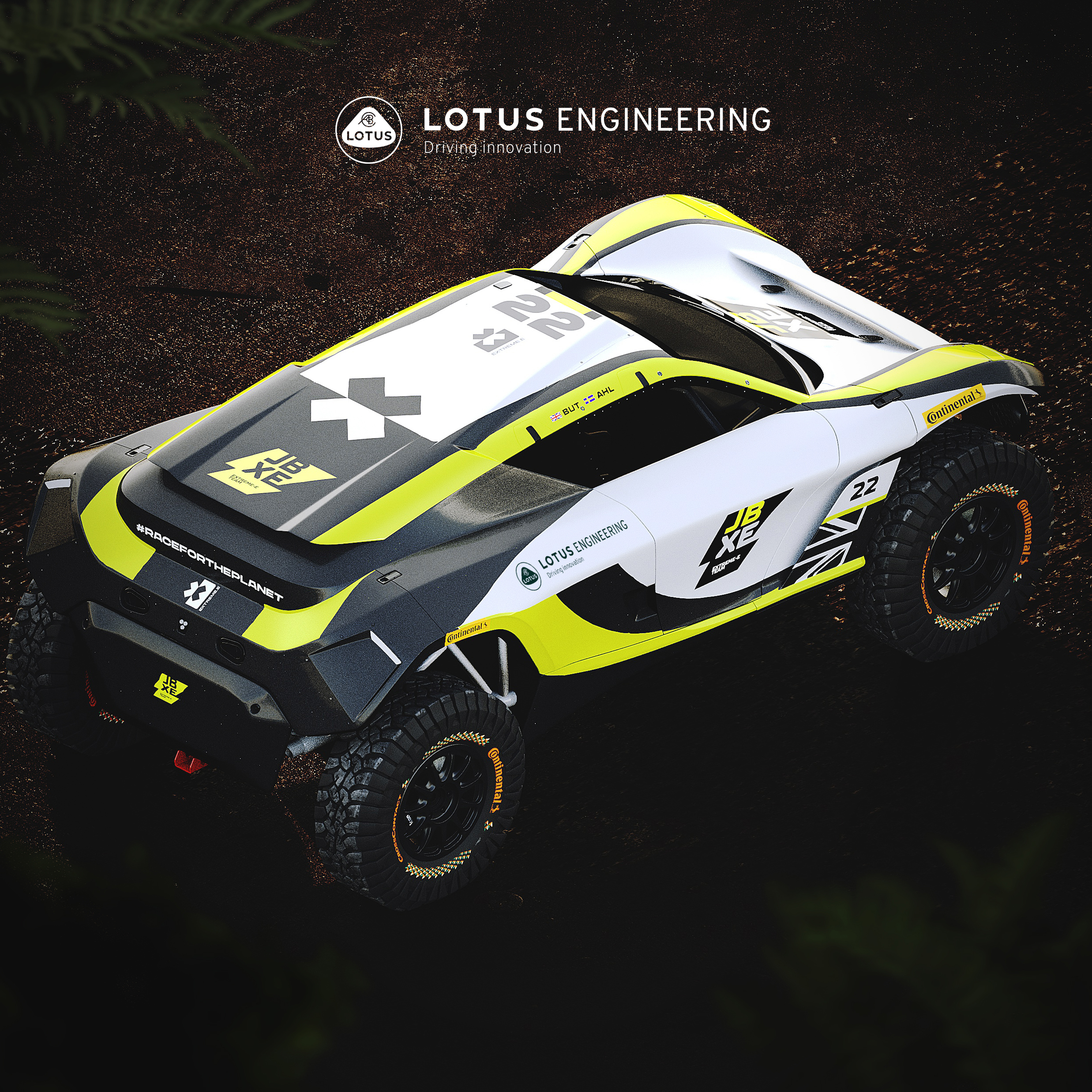
“We think we can [achieve our goal] through clever design, integration of systems – at Lotus we have our really happy moments if we get one part to do two jobs!”
Innovative materials will also play a part. One of LEVA’s beneficiaries will be Renault’s sports-car division Alpine. The two companies are exploring shared technical resources and looking at combined motorsport opportunities.
“The main one is co-developing a sports car together, which will be based off the electric sports-car platform we have in design now,” says the boss.
He’ll be vital in developing the relationship between Alpine and Lotus: he knows his French counterparts well, having worked for Caterham when it was trying to develop a version of the A110 sports car. Unfortunately a lack of funding killed the Caterham.
“I think Lotus and Alpine fit very well together: we’re of the same mentality, the same aspirations. And we kind of complement each other in market spaces as well: they could help us in Europe, and we could help them in the US. So I think there are really good opportunities there for both brands,” says Windle.
Windle knows he has to look beyond these traditionally strong markets to grow the business. Lotus is going truly global, planning exponential growth in volumes fuelled by manufacturing, design and engineering capabilities outside the UK. Sports cars such as the Evija will remain the heart of the domestic operation, but majority shareholders Geely will provide the funds and industrial footprint to fast-track the brand’s growth overseas.
Loss-making Lotus has to expand its range to become a viable company: in 2020 it manufactured 1378 cars (not far off the typical output of the pre-Covid years), but that’s less than one car for each of the company’s 1560 UK employees, but still a better ratio than Ferrari’s 2020.
“It’s important that people realise that the business model of selling a small number of sports cars just doesn’t work in the long run,” says Windle.
“We now have the opportunity to go into new markets, new segments, new technologies, which will give us the revenue that allows us to keep doing cars that people love out of Hethel in the UK.”
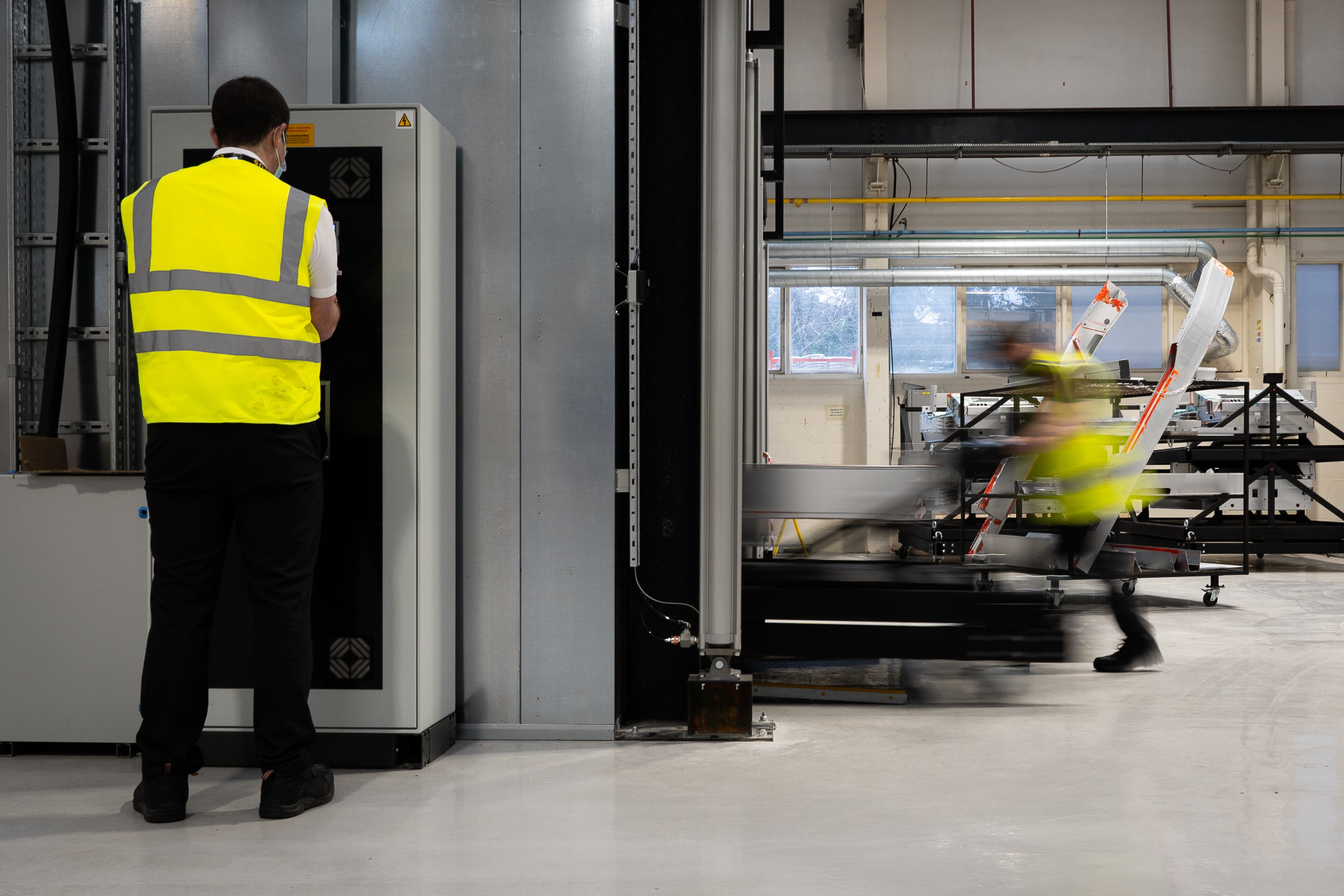
Lotus is developing its own vehicle architectures to underpin its new model expansion. The company’s final combustion engine sports car platform (underpinning 2022’s Type 131) will make way for a lightweight EV sports car architecture, but it’s the ‘lifestyle architecture’ that will underpin game-changing growth.
Lifestyle architecture vehicles are set for assembly in China, at Geely’s new factory in Wuhan. The site has a planned capacity of 150,000 vehicles, but don’t think all that volume is for Lotus: it will be used by multiple brands within the booming group, which sold 2.1 million vehicles last year.
One likely inhabitant of the Wuhan factory is Geely’s new premium EV division, Zeekr. It will launch its first electric car this year on the group’s Sustainable Experience Architecture, deploying its own battery tech, management systems and e-motors. Lotus can tap into these group technologies, because all future cars after Type 131 will be pure electric.
“The potential is huge,” says Matt Windle. “There’s room in segments for us to go into, we’re aiming to take market share from some of our nearest competitors. Lotus will become a global company with aspirations for volumes to support that ambition.”
With only a single shift, Hethel’s capacity is limited to 5000 units annually. Within the Vision80 business plan out to 2028, there’s surely the opportunity for volumes to grow to 10 times that and beyond – assuming China embraces four-door Lotus cars.
Geely is committed to Lotus remaining a sports car company: Windle credits the holding group chairman Eric Li with being the strongest advocate of making the Evija pure electric hypercar the first car of its new era.
“Look at Geely’s track record with Volvo,” says Windle, explaining how the philosophy is engaged but in no way autocratic.
“I like this analogy: Geely pushes out the boat, they help [set the course] but they don’t jump on the boat. This is still Lotus.”
Lotus has full access to the Geely supplier base – “if we hit a technical problem, say sourcing a steering rack, we phone up our colleagues, have a look at what they’ve got and if it works do a deal over it.”
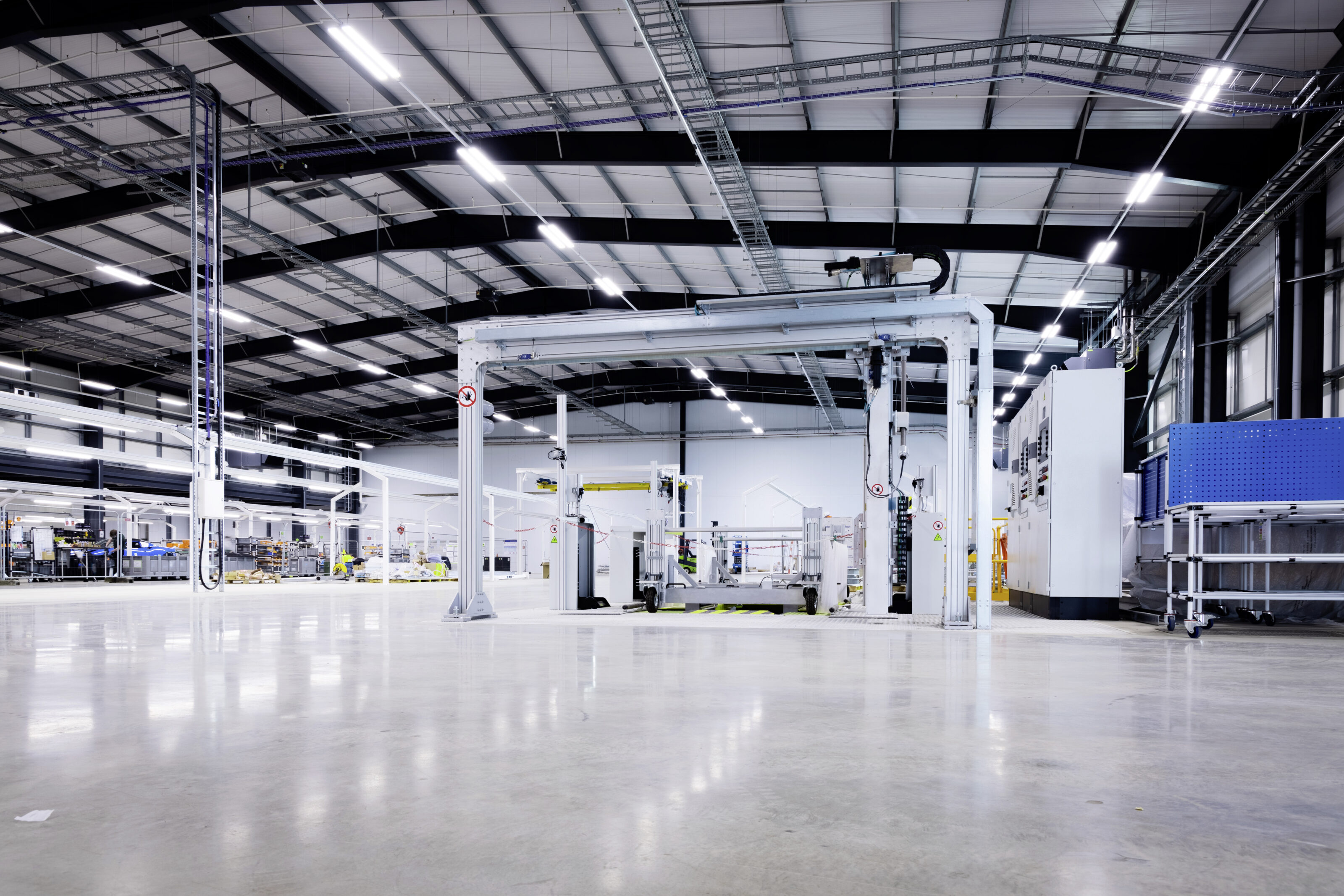
On the new sports car, Type 131, “not a lot” is shared with other group models: some switches, column stalks, some of the base electric architecture, “high-investment, low impact stuff,” says Windle.
Power comes from the Toyota V6 known from the Exige and Evora, and a “high-output, lower-capacity engine, where we’re partnering with a very famous engine manufacturer.”
And tapping into the Chinese parent’s supplier base has helped drive down costs. So the Type 131 will be priced between the Porsche 911 and Cayman, but “much closer to Cayman.”
Windle adds: “There have been a lot of rumours that this car is hybrid, and it’s an Esprit replacement, but it’s neither of those.”
What’s not known quite so widely is that Windle has history with both Lotus and in building EV sports cars. He joined Tesla in 2005, when the nascent company was working on its proof of concept, the first Roadster. This sports car was intended to be twinned with the Lotus Elise sports car, a concept far from the electric-car norm: small, often oddball cars designed for urban use, with minimal emphasis on high performance.
The Roadster was built at Lotus’s Hethel factory, and Windle was the human embodiment of the collaboration, joining Tesla from Lotus and subsequently spending seven years with the American company.
“That involved a massive relocation moving across the corridor,” jokes the 49-year-old Brit. “But it was quite strange, going from being able to walk everywhere on site to having a directed path to follow and not being allowed in [certain areas].
“So people that I was working with the week before would shout “hey Matt” and I’d say you need to come and talk to me here, because I’m not allowed to go off this line!”
Did working with Tesla open your eyes to electrification? “Yeah,” replies Windle. “And it made me realise what you can do with those cars as well. They come with their challenges but also a lot of benefits: heat management, packaging, and if you put the batteries at the bottom, the centre of gravity is much lower.”
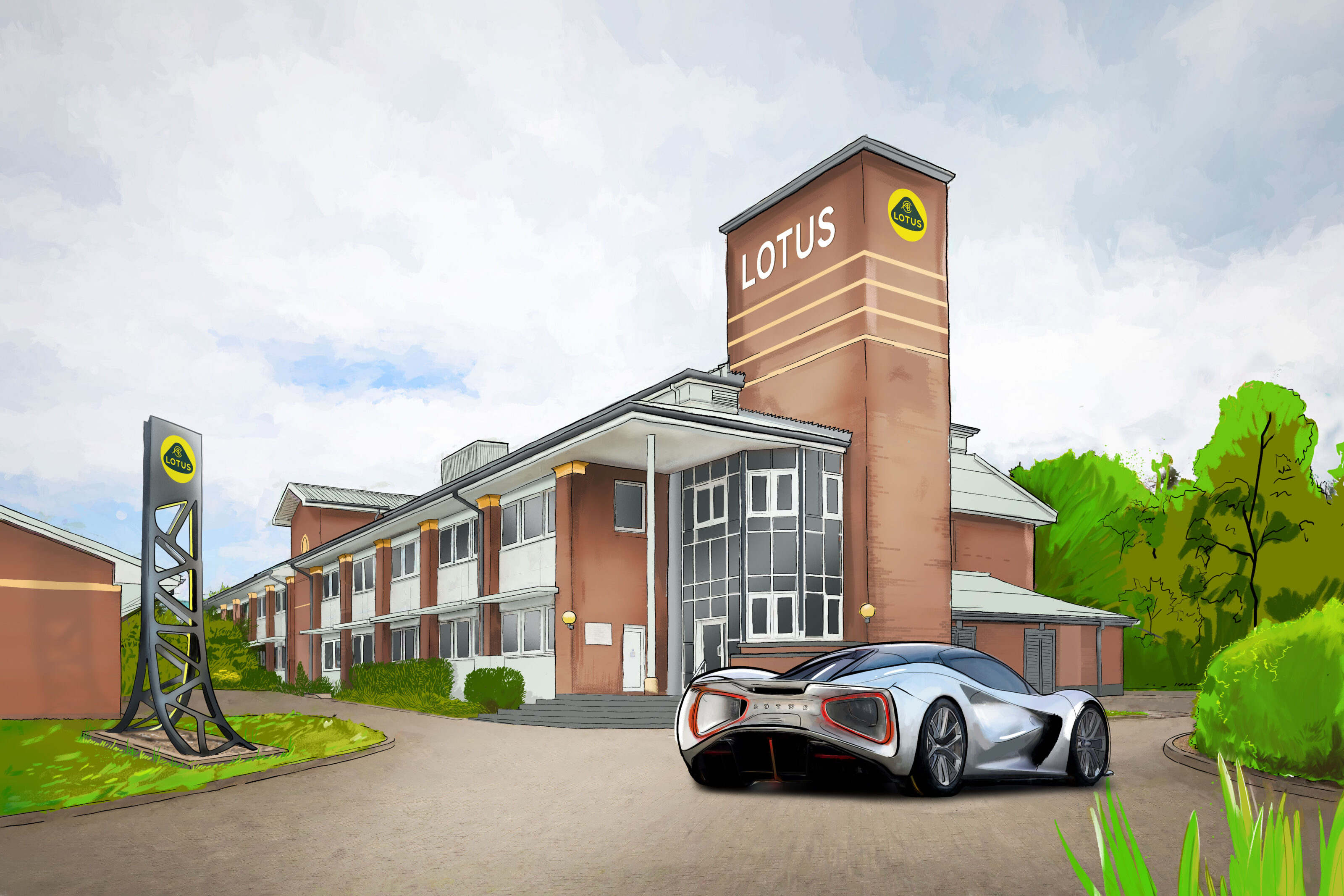
But isn’t a sports car without a high-revving combustion engine and the engagement of changing gears missing its soul?
“I understand: engine noise is part of the emotion,” Windle admits. “But it’s about performance as well. “We wanted Evija to have core Lotus DNA: performance, dynamics, aerodynamics. And that’s why the car’s been designed the way it is. The cabin is sat down below the wheels, it’s got a low centre of gravity, you can see the corners to position the car when you’re driving.
“And when you get in a high-performance EV – and I was lucky enough to do hundreds of laps in the first Tesla Roadster around here – the instant torque, the acceleration, it’s very exhilarating as well. That’s what you’re going to get with the Evija and the others.”
During his stint at Tesla, Windle divided his time between Hethel and the United States, a period that spanned the Roadster’s production life and initial development of the Model S saloon. The Brit was the principal engineer on the UK side, tasked with getting the Roadster into production.
That meant lots of responsibility for decision-making, given the eight-hour time difference between Norfolk and California, and lots of decisions to make, given the vast differences between the Elise and the Roadster.
While the lightness and cost-effectiveness of the Elise’s extruded and bonded aluminium chassis attracted Tesla, the Roadster chassis ended up being bespoke with an additional 50mm in the wheelbase and space for the lithium-ion batteries.
“Tesla was looking for a suitable platform for its [tech] demonstrator,” recalls Windle.
“They started with the Elise and then, because of where the technology was [such as the weight of electric propulsion], we needed a carbon-fibre body to reduce the weight. [That informed] the business plan and what you needed to charge for the car.”
An enlightening Tesla blog lists the common parts as the windscreen, dashboard and airbags, front wishbones and the soft-top: fewer than 7 per cent of the parts total by number.
Windle credits Elon Musk with influencing his management style.
“Working with Elon laid the foundations for my management style: make decisions, look after and empower people but concentrate on the actions immediately in front of you that need to be achieved so that you can achieve the overall strategy,” he explains.
“Elon was very clear on that, and empowering people. You spend a lot of time bringing in a team that you trust and can work with. I just don’t understand bosses that then tell those people what they need to be doing!”
Windle believes he might have stayed at Tesla had the UK operation not been wound up.
Since then, he has risen to the heights of running Lotus Cars, and Tesla has peaked as the world’s most valuable autos company. So does Matt Windle still own any shares in Tesla? “I couldn’t possibly say…” he grins.
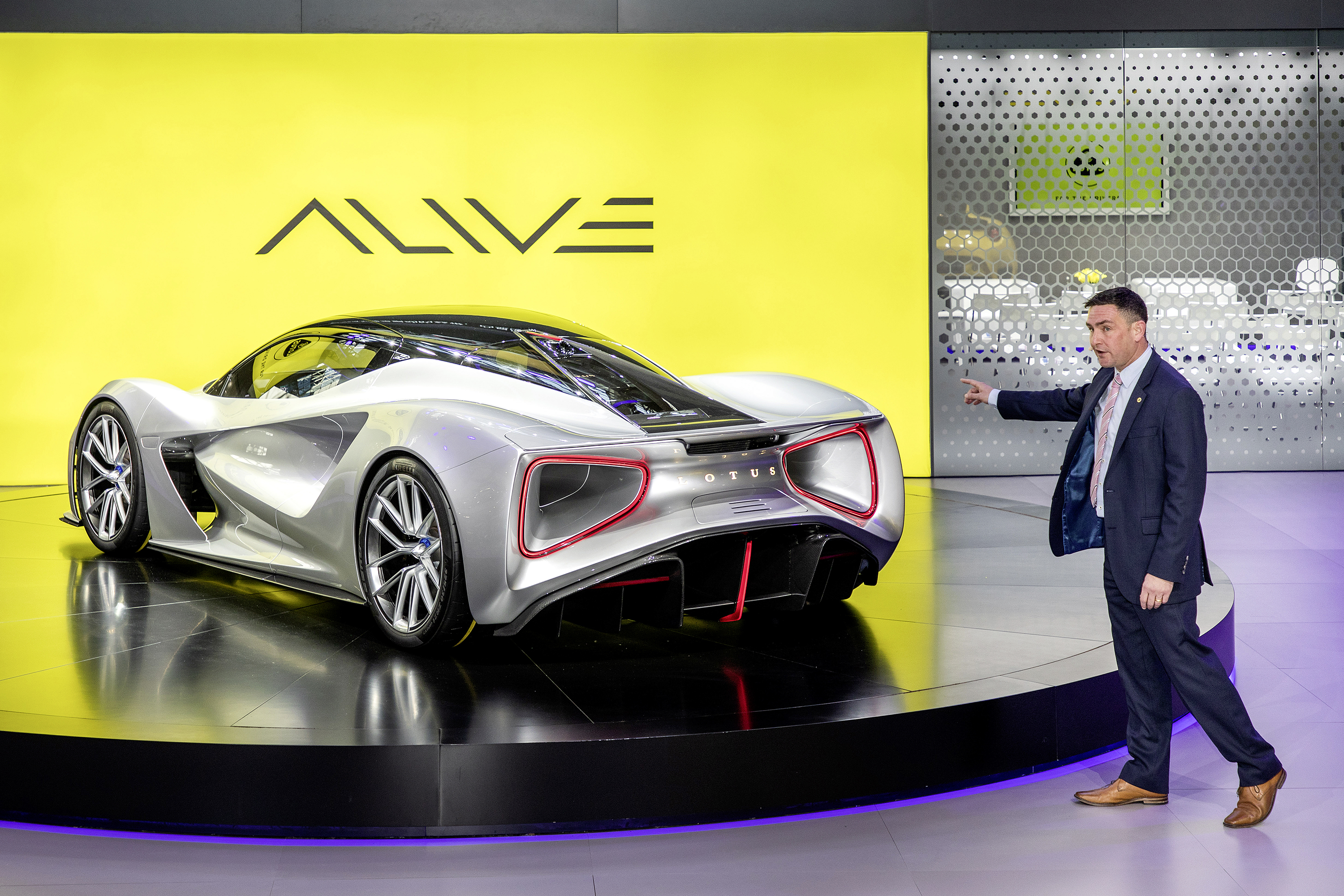
We recommend
-
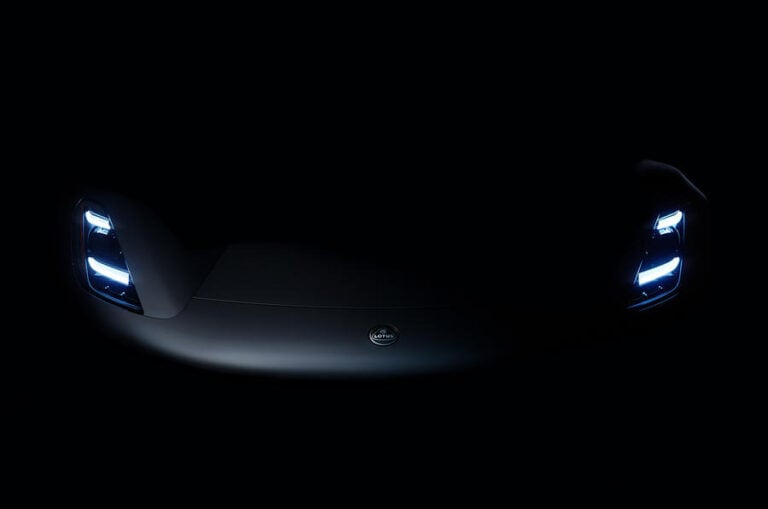 News
NewsLotus Emira announced as British marque’s final petrol sports car
Goodbye 'Type 131' project name, hello Emira – the latest 'E' Lotus will also be its last petrol-powered car. The end of an era draws near.
-
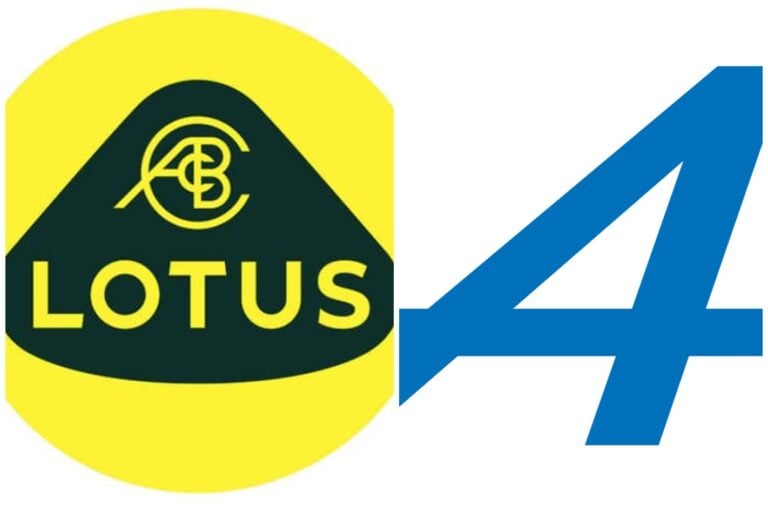 News
NewsLotus and Alpine are planning an electric sports car
Lotus and Alpine brands announce their intentions to add some spark to the sports car sector
-
 News
NewsLotus reveals details of four all-new platforms
Hethel firm mounts four-pronged assault on the sports, luxury lifestyle and EV market

